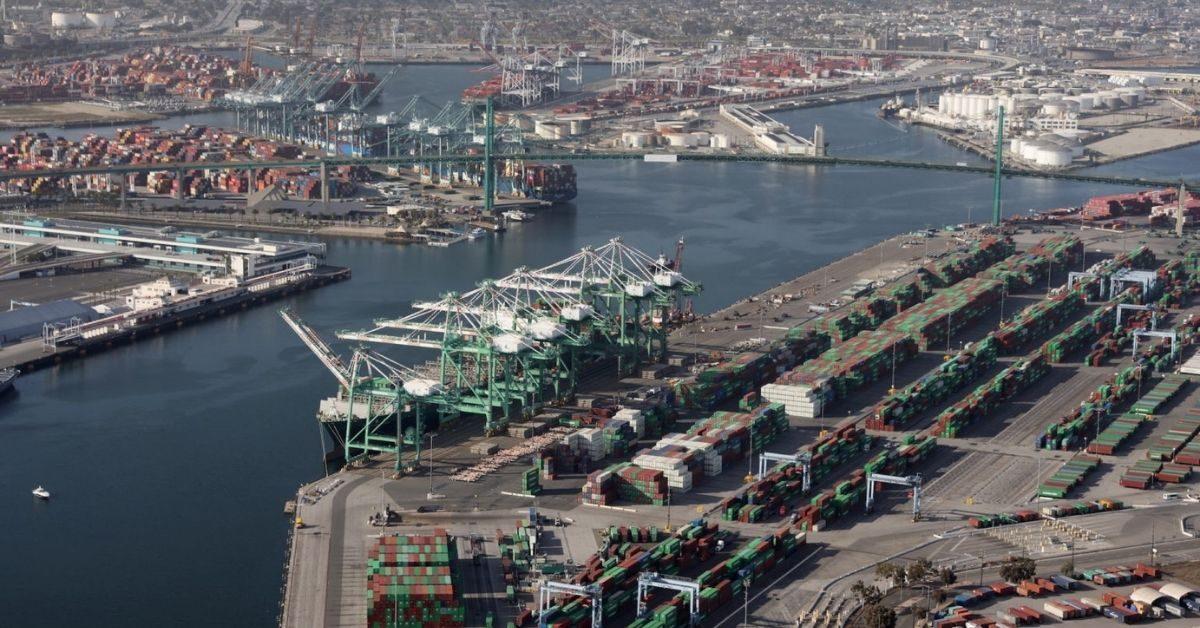The Danish provider of research & analysis within the global supply chain industry, Sea-Intelligence has analysed data for personal consumption in the United States, showing record levels in October.
Sea Intelligence analysts explained that data from the US Bureau of Economic Analysis (BEA) indicated that consumption of services is nearing the pre-pandemic levels, and consumption of goods is continuing to increase.
“Breaking it down further, non-durable goods plateaued at a higher level after the initial impact of the pandemic, whereas durable goods plateaued at a higher level, followed by an upwards spike in early 2021, followed by a down-shift to that higher plateau,” said Alan Murphy, CEO of Sea-Intelligence.
As seen below, there is an increase and a subsequent sharp decrease in motor vehicles and parts, with the decline caused by shortages of computer chips, and not due to container shipping supply chain issues.

“However, that decline, which largely does not impact container shipping, is compensated by the continued increase in recreational goods and vehicles and other durable goods, items which are overwhelmingly moved in containers,” noted Murphy.
Within recreational goods, the main driver of the increase is video, audio, and photographic goods. Concerning the other durable goods category, the growth is primarily driven by telephones and communication equipment, as well as jewelry and watches.
Meanwhile, there was a slightly declining trend for furniture, and a slightly increasing trend for the consumption of glassware, tableware, and household utensils, according to the Danish company’s analysis.
“One context to think this into is the current supply chain issues,” pointed out Sea Intelligence’s CEO. “The extremely high freight rates, combined with capacity shortages, are increasingly favouring the shipment of goods that are smaller, and this is likely a key component underlying the decline in furniture,” he added.
In non-durable goods, there is a slight shift in how food is consumed, gradually shifting back to on, premises from off-premises, but from a shipping perspective, it does not matter how these goods are sold as they still need to be moved.
Source : Container News







